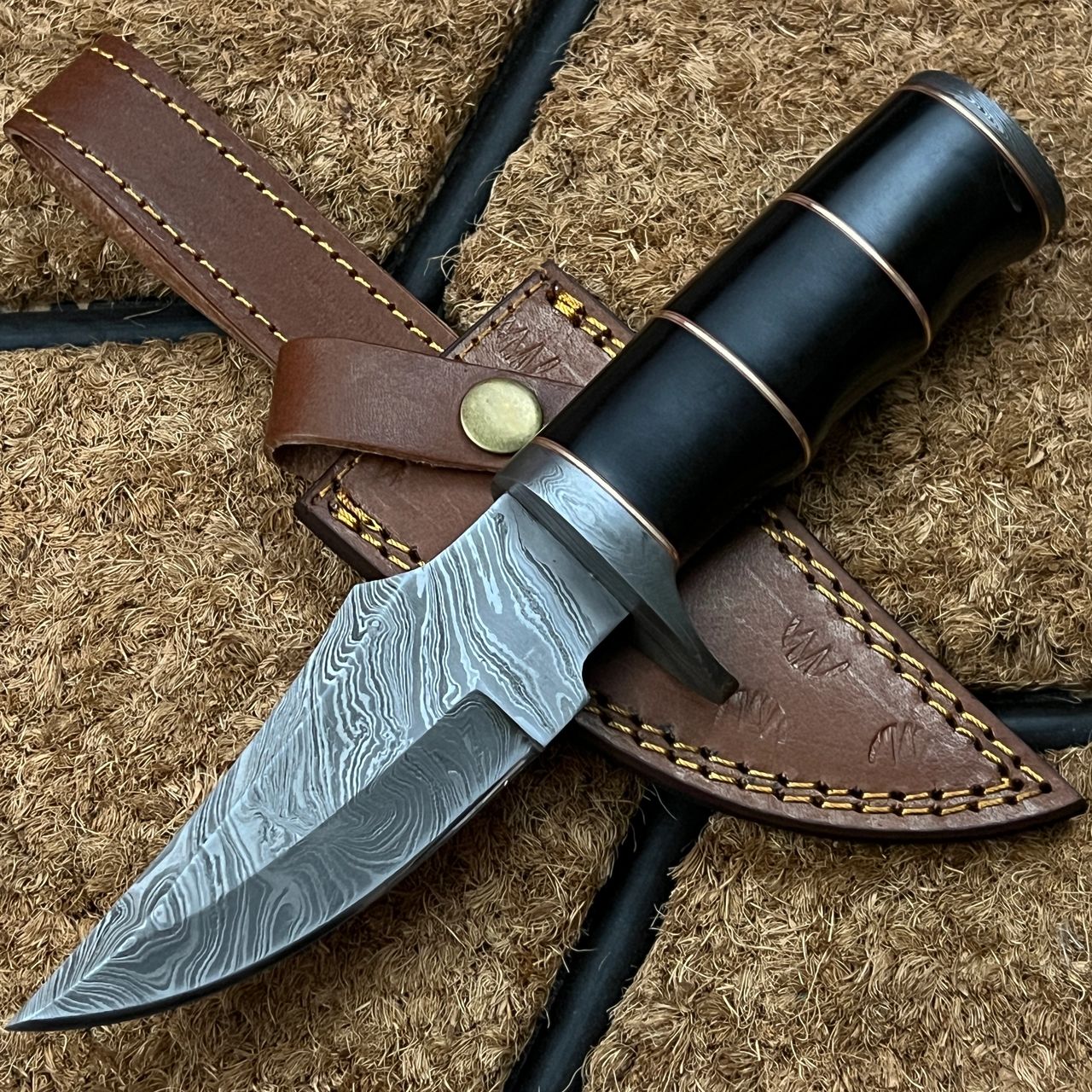The History and Evolution of Handmade Hunting Knives
For thousands of years, hunting knives have been an essential tool for humans to survive and thrive. While early knives were made from stone, bone, and other materials readily available in nature, the development of metalworking techniques opened up new possibilities for creating more advanced and durable knives. Over time, the design of hunting knives has evolved to meet the changing needs of hunters and outdoors enthusiasts.
Early Hunting Knives
The earliest hunting knives date back to the Stone Age, when our ancestors used sharpened stones, bones, and antlers to fashion knives for hunting and butchering. These early knives were simple and functional, with no frills or decorations.
As metalworking techniques developed, hunters began to make knives out of copper, bronze, and iron. These knives were stronger and more durable than their stone counterparts and allowed hunters to more easily process and prepare meat and hides.
The Rise of Damascus Steel
In the Middle Ages, the production of Damascus steel revolutionized the world of knives. This type of steel was known for its sharpness and durability, and it was used to create some of the most advanced and intricate knives of the time. Damascus steel knives were highly sought after and became a status symbol among the nobility.
Handmade Hunting Knives Today
Today, handmade hunting knives are still highly valued by hunters and outdoors enthusiasts. While modern manufacturing techniques have made it possible to mass-produce knives at a low cost, many people still prefer the quality and craftsmanship of handmade knives.
Handmade hunting knives can be made from a variety of materials, including traditional metals like carbon steel and Damascus steel, as well as modern materials like titanium and ceramic. Handles can be made from natural materials like wood, bone, and horn, or synthetic materials like G-10 and Micarta.
The design of handmade hunting knives has also evolved to meet the changing needs of hunters. Some knives are designed specifically for skinning and butchering game, while others are intended for general-purpose use. Many handmade knives also feature intricate designs and patterns, making them as much works of art as they are functional tools.
In conclusion, the history and evolution of handmade hunting knives is a testament to human ingenuity and the desire to create the best tools for survival and outdoor adventures. Whether you're a seasoned hunter or just starting out, a handmade hunting knife is an investment in quality and craftsmanship that will serve you well for years to come.

Comments
Post a Comment